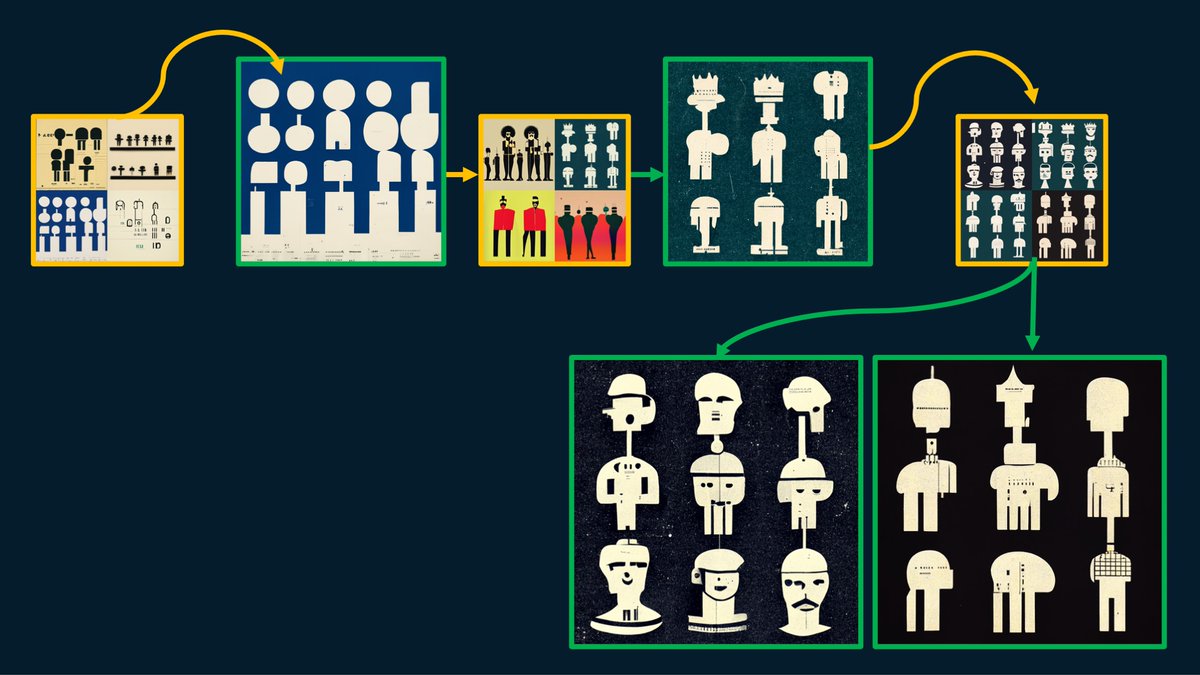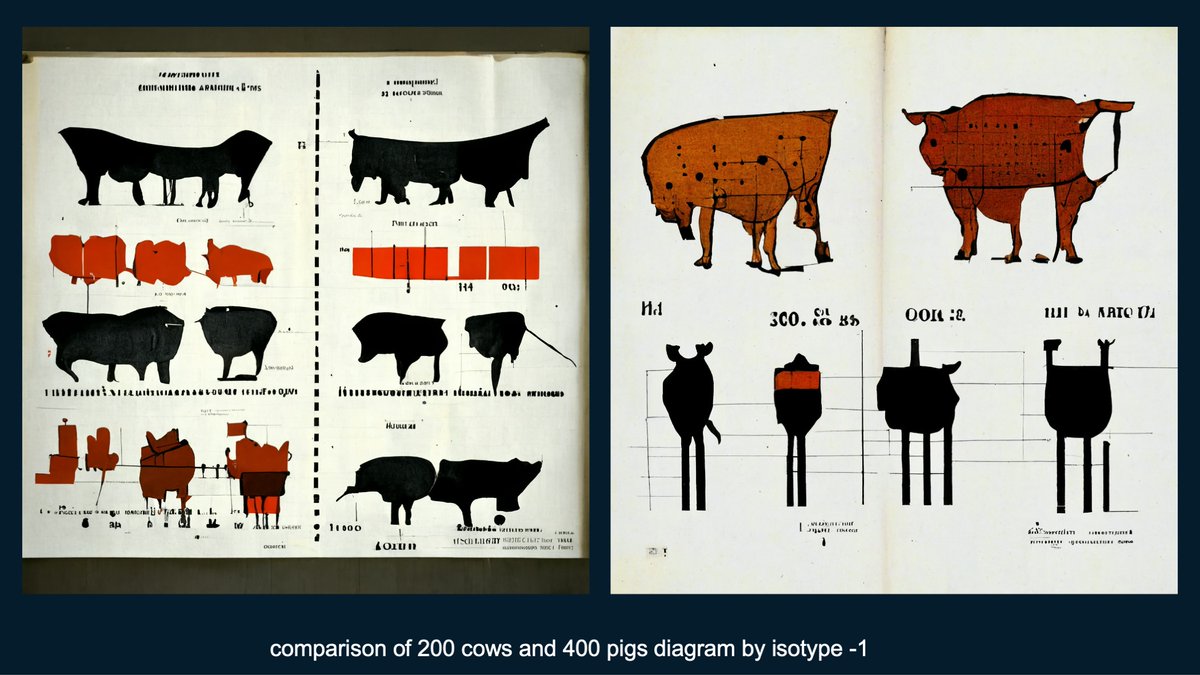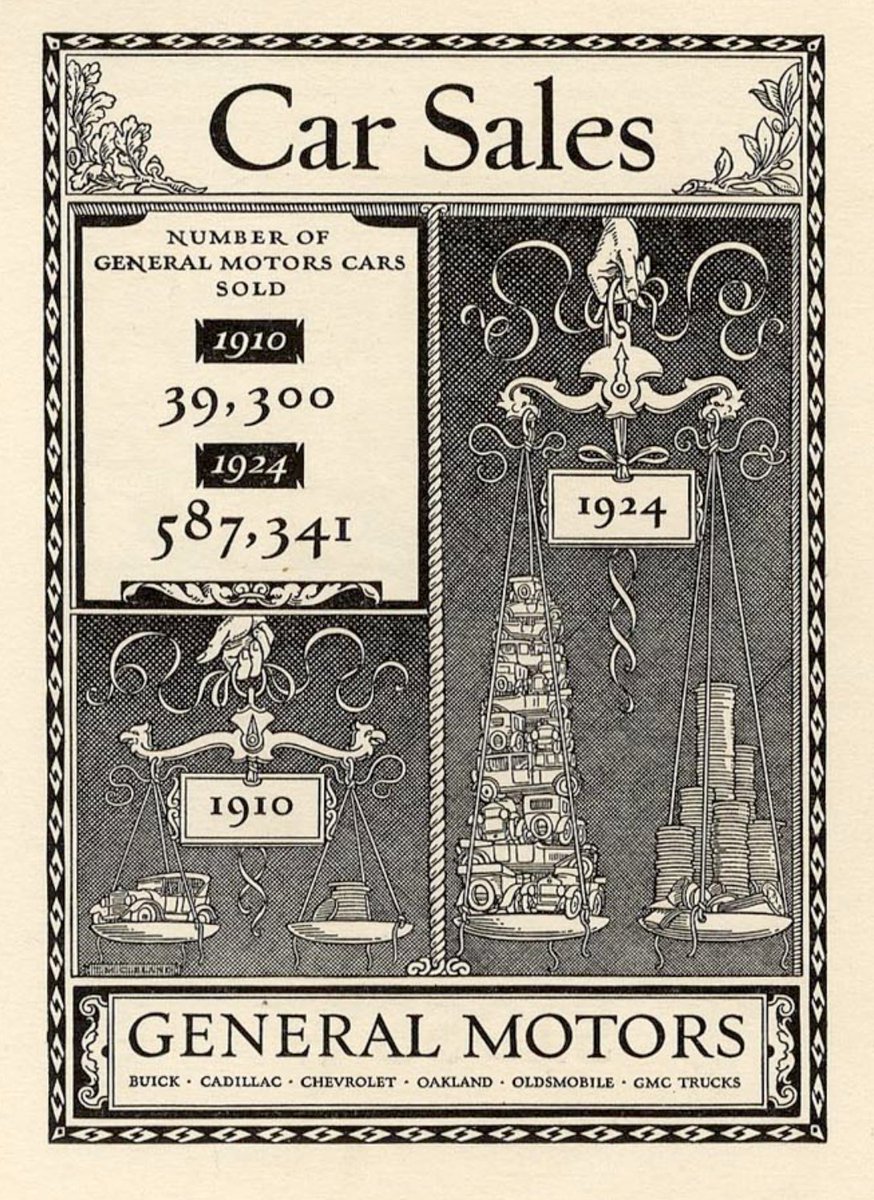
Monroe. N. Work compiled most of the data on African Americans @TuskegeeUniv starting in 1908 to the 1940s. He was a data pioneer that helped fuel the cause of racial justice with facts. #BlackHistoryMonth /🧵: nightingaledvs.com/monroe-nathan-…
Monroe N. Work was an African American sociologist, scholar, and researcher who spent his life collecting information and helping others to understand it. The highlight of his career, according to Work, was the nine editions of the Negro Year Book between 1912 and 1938. 

He collaborated with W.E.B. Du Bois and Booker T. Washington, positioning him at the intersection of Black leadership and education in the US for most of his life. He started the Dept. of Records and Research at the Tuskegee (@TuskegeeUniv) to collect facts: 

After a few years of publishing the Negro Year Book, he went on to crowdsource collecting his data from the community. Biographer Linda McMurry says "The facts it supplied inspired blacks with confidence in their ability to progress and refuted rumors of black decline..." 

This article focused on how Monroe Work used dataviz to highlight inequalities in education. It features a series of charts spanning 5 editions of the Negro Year Book from 1914-1931. 

The charts evolve over time, and the data clearly tells the story of uneven progress throughout the US. Here is a chart of the % of children in and out of school. In the article, you can see how the different states swap positions, with the southern states lagging behind in each. 

I am most proud to highlight this chart. I believe it to be novel, important, and should be recognized as a new touchstone in the history of data visualization. It shows the per-capita average for days of Black children in school in 1914. 

"Discovering" Monroe Work's dataviz is actually an unnerving exercise as it points to a whole world of social activism made by African Americans which was never recognized by a data community (at least in my thorough research). This 1914 chart tracks the investment per child: 

There is SO MUCH to discover in Monroe Work's life story. This is the first chapter of a series. There is a vitality and scope to Work's understanding of the human condition through collecting facts that is unique. His friend Jessie P. Guzman wrote this in his obit: 

!!Please share!! Monroe N. Work not only established the structure for how data on African Americans was collected, but he also invested his life in presenting it to the world at large. Chapter 2 coming soon! #BlackHistoryMonth nightingaledvs.com/monroe-nathan-…
• • •
Missing some Tweet in this thread? You can try to
force a refresh



















